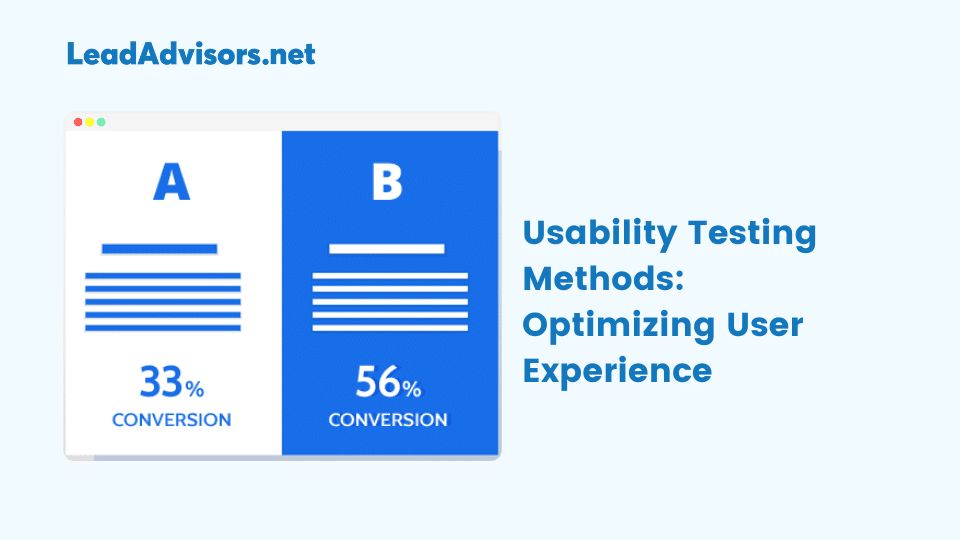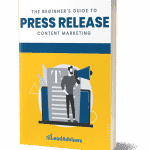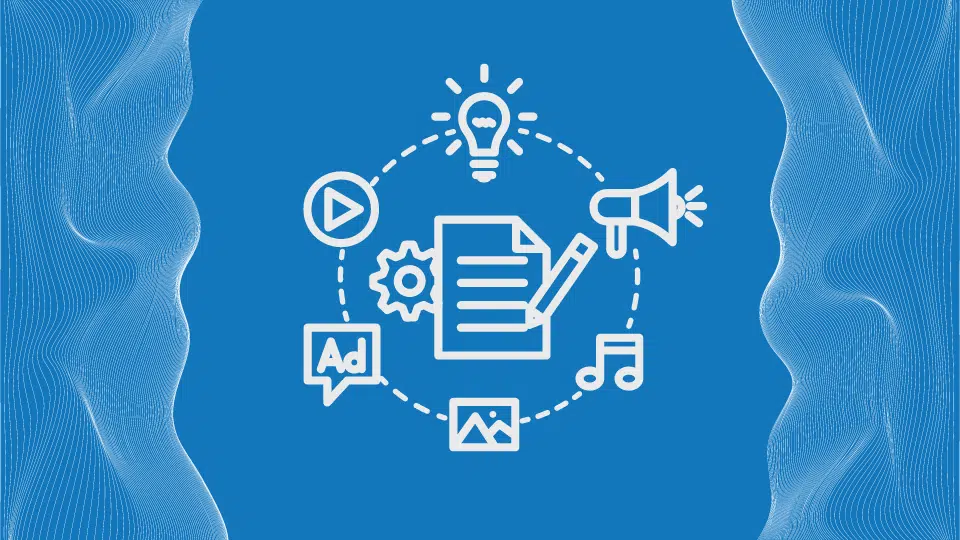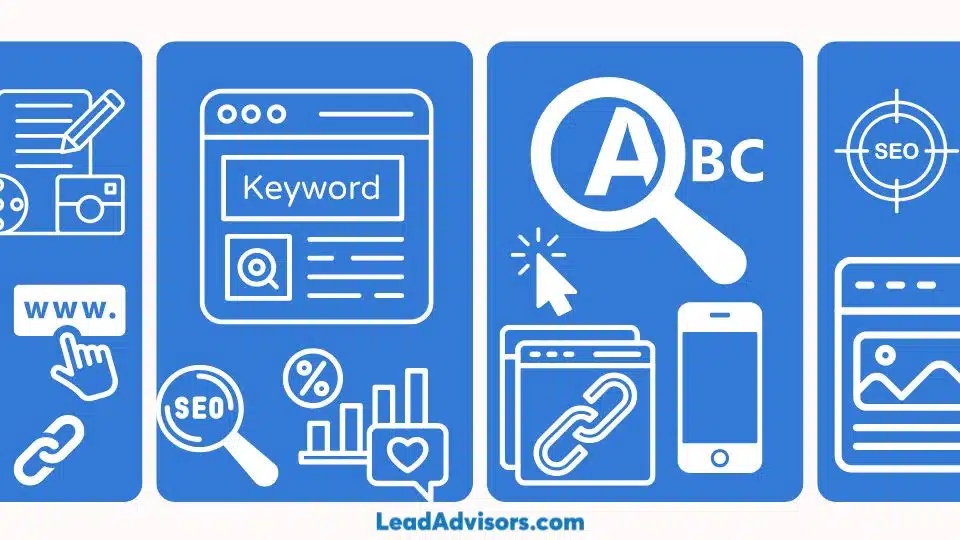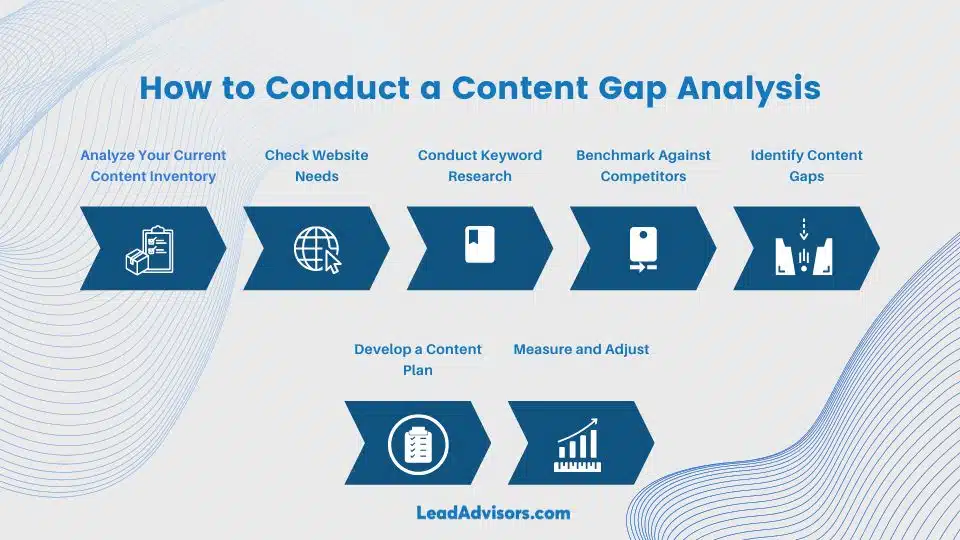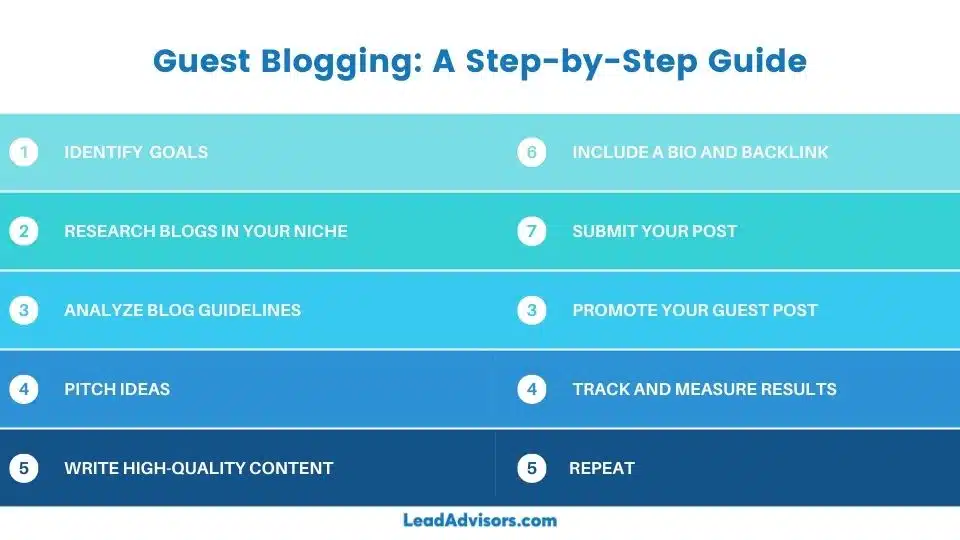Understanding Usability Testing Methods for Improved User Experience
 Usability testing, is vital in optimizing user experience (UX) strategy. It is an ongoing process that involves evaluating your website or digital products. Additionally, this is done through usability testing by recording equipment and observing real users interacting with it. By understanding remote usability testing and its significance, you can gain insights and design ideas that improve user satisfaction and business outcomes.
Conducting usability tests offers several benefits. It helps identify pain points and areas of friction in the user experience. By observing how users feel when navigating your website, remote usability testing can you gain firsthand insights into the challenges they face. Moreover, it reveals opportunities for improvement.
Additionally, remote usability testing allows you to gather direct feedback from users. This provides valuable insights into their expectations and preferences.
Real-world usability test examples highlight the impact of usability testing.
“I conducted a recent study with 20 people to test the usability of Airbnb. I found that 5 of the 20 people had trouble finding a rental that met their criteria. The most common problems people had were with the search filters and the map. I recommend that Airbnb improve the search filters and the map to make it easier for people to find rentals that meet their needs.” – Raghav Haran, author of the Airbnb Guerilla Usability Testing.
Incorporating usability testing into the ongoing design process and of your UX strategy enables data-driven decision-making. Uncovering pain points, gathering user feedback, and iterating on your design can create a website or digital product that exceeds your user base’s expectations and drives business growth.
You May Also Like: UX Strategy: The Key to Elevating Your Brand
Usability testing, is vital in optimizing user experience (UX) strategy. It is an ongoing process that involves evaluating your website or digital products. Additionally, this is done through usability testing by recording equipment and observing real users interacting with it. By understanding remote usability testing and its significance, you can gain insights and design ideas that improve user satisfaction and business outcomes.
Conducting usability tests offers several benefits. It helps identify pain points and areas of friction in the user experience. By observing how users feel when navigating your website, remote usability testing can you gain firsthand insights into the challenges they face. Moreover, it reveals opportunities for improvement.
Additionally, remote usability testing allows you to gather direct feedback from users. This provides valuable insights into their expectations and preferences.
Real-world usability test examples highlight the impact of usability testing.
“I conducted a recent study with 20 people to test the usability of Airbnb. I found that 5 of the 20 people had trouble finding a rental that met their criteria. The most common problems people had were with the search filters and the map. I recommend that Airbnb improve the search filters and the map to make it easier for people to find rentals that meet their needs.” – Raghav Haran, author of the Airbnb Guerilla Usability Testing.
Incorporating usability testing into the ongoing design process and of your UX strategy enables data-driven decision-making. Uncovering pain points, gathering user feedback, and iterating on your design can create a website or digital product that exceeds your user base’s expectations and drives business growth.
You May Also Like: UX Strategy: The Key to Elevating Your Brand
Key Methods to Conduct Effective Usability Testing
 To conduct effective website usability testing, key steps must be followed. By implementing these steps, you can gather valuable data and provide feedback. Moreover, it identifies areas for improvement and optimize the overall website usability by quantitative usability testing.
To conduct effective website usability testing, key steps must be followed. By implementing these steps, you can gather valuable data and provide feedback. Moreover, it identifies areas for improvement and optimize the overall website usability by quantitative usability testing.
Planning and Goal-Setting
 Before embarking on usability testing, defining clear objectives for the pilot test and identifying your target audience is crucial. Clearly articulate what you aim to achieve through quantitative and qualitative usability testing focuses. Whether evaluating the ease of navigation, assessing the clarity of messaging, or measuring the efficiency of specific tasks, it is important to know. Setting specific goals provides a framework for user testing and ensures focused outcomes.
All in all, choose appropriate usability testing methods and techniques based on your objectives and resources. Some common methods include moderated usability or unmoderated user testing, remote testing, usability testing, or eye-tracking studies.
Consider factors such as budget, time constraints, physical location, and the user interaction required for your product.
Before embarking on usability testing, defining clear objectives for the pilot test and identifying your target audience is crucial. Clearly articulate what you aim to achieve through quantitative and qualitative usability testing focuses. Whether evaluating the ease of navigation, assessing the clarity of messaging, or measuring the efficiency of specific tasks, it is important to know. Setting specific goals provides a framework for user testing and ensures focused outcomes.
All in all, choose appropriate usability testing methods and techniques based on your objectives and resources. Some common methods include moderated usability or unmoderated user testing, remote testing, usability testing, or eye-tracking studies.
Consider factors such as budget, time constraints, physical location, and the user interaction required for your product.
Test Design and Execution
 Designing effective usability tests, test subjects, scenarios, and tasks is crucial for generating meaningful insights. Create realistic scenarios that align with your users’ typical interactions with your website or product.
Moreover, clearly define tasks that participants will undertake. This ensures they encompass various aspects of the user experience you want to evaluate. This could be by recruiting participants to complete tasks that include purchasing, finding specific information, or completing tasks by completing a form.
Recruiting the right participants is vital for accurate usability testing results. Select individuals who represent your target audience and have the appropriate knowledge and experience level run usability tests.
Finally, use screening questionnaires or enlist the help of recruitment agencies to find suitable participants. During the usability testing and sessions, provide clear instructions, assign tasks, encourage participants to think aloud, and recruit participants to make notes of their feedback and observations.
Designing effective usability tests, test subjects, scenarios, and tasks is crucial for generating meaningful insights. Create realistic scenarios that align with your users’ typical interactions with your website or product.
Moreover, clearly define tasks that participants will undertake. This ensures they encompass various aspects of the user experience you want to evaluate. This could be by recruiting participants to complete tasks that include purchasing, finding specific information, or completing tasks by completing a form.
Recruiting the right participants is vital for accurate usability testing results. Select individuals who represent your target audience and have the appropriate knowledge and experience level run usability tests.
Finally, use screening questionnaires or enlist the help of recruitment agencies to find suitable participants. During the usability testing and sessions, provide clear instructions, assign tasks, encourage participants to think aloud, and recruit participants to make notes of their feedback and observations.
Data Analysis and Interpretation
 Once usability testing is complete, the collected data needs careful analysis and interpretation. Review video recordings, observation notes, and other quantitative test data and metrics gathered during the usability testing script and sessions.
Altogether, look for patterns, trends, and common pain points across participants. Use tools such as heatmaps or clickstream analysis to gain further insights into user behavior.
Analyze the collected data within the context of your objectives, identifying specific areas within the user experience that need improvement. Pay attention to both qualitative feedback and quantitative metrics, as they provide a comprehensive understanding of user perceptions and behaviors.
Once usability testing is complete, the collected data needs careful analysis and interpretation. Review video recordings, observation notes, and other quantitative test data and metrics gathered during the usability testing script and sessions.
Altogether, look for patterns, trends, and common pain points across participants. Use tools such as heatmaps or clickstream analysis to gain further insights into user behavior.
Analyze the collected data within the context of your objectives, identifying specific areas within the user experience that need improvement. Pay attention to both qualitative feedback and quantitative metrics, as they provide a comprehensive understanding of user perceptions and behaviors.
Implementing Changes based on Findings
 The insights gained from usability testing are invaluable only if they lead to actionable improvements. Translate the findings into concrete changes in your UX strategy. Prioritize the identified pain points and address them systematically. Consider an iterative user testing process to validate the effectiveness of your changes and uncover additional improvement areas.
Emphasize a culture of continuous improvement, where usability testing becomes an ongoing practice. Regularly reassess and refine your website software application or product based on usability test, user research and feedback, evolving industry standards, and emerging trends.
Consistently using usability testing methods and striving for a better user experience, you can stay ahead of the curve and provide exceptional value to your users.
Read More: How to Improve On-Page SEO for Your Business Website
The insights gained from usability testing are invaluable only if they lead to actionable improvements. Translate the findings into concrete changes in your UX strategy. Prioritize the identified pain points and address them systematically. Consider an iterative user testing process to validate the effectiveness of your changes and uncover additional improvement areas.
Emphasize a culture of continuous improvement, where usability testing becomes an ongoing practice. Regularly reassess and refine your website software application or product based on usability test, user research and feedback, evolving industry standards, and emerging trends.
Consistently using usability testing methods and striving for a better user experience, you can stay ahead of the curve and provide exceptional value to your users.
Read More: How to Improve On-Page SEO for Your Business Website
Incorporating Usability Testing into Your UX Strategy
 Incorporating usability testing into your overall user experience (UX) strategy is crucial for creating exceptional digital experiences. Basically, they resonate with your audience. Integrating usability testing at various stages of the design and development process allows you to gain valuable insights, make data-driven decisions, and continuously improve your user experience.
Incorporating usability testing into your overall user experience (UX) strategy is crucial for creating exceptional digital experiences. Basically, they resonate with your audience. Integrating usability testing at various stages of the design and development process allows you to gain valuable insights, make data-driven decisions, and continuously improve your user experience.
Usability Testing within the UX Strategy Framework
 Usability testing is pivotal in the broader UX strategy framework. It complements other UX research methods, such as user interviews, surveys, user research, and analytics, by providing direct and objective feedback on how users interact with your website or product.
Simultaneously, it bridges the gap between user expectations and how users experience them, ensuring your design decisions align with user needs.
Incorporating usability testing into your UX strategy fosters a user-centered approach to web design that prioritizes user satisfaction and engagement. It lets you get subjective user feedback, uncover usability problems and issues, validate design choices with subjective feedback from representative users, and refine your user interface to deliver a seamless and intuitive experience.
Usability testing is pivotal in the broader UX strategy framework. It complements other UX research methods, such as user interviews, surveys, user research, and analytics, by providing direct and objective feedback on how users interact with your website or product.
Simultaneously, it bridges the gap between user expectations and how users experience them, ensuring your design decisions align with user needs.
Incorporating usability testing into your UX strategy fosters a user-centered approach to web design that prioritizes user satisfaction and engagement. It lets you get subjective user feedback, uncover usability problems and issues, validate design choices with subjective feedback from representative users, and refine your user interface to deliver a seamless and intuitive experience.
Integrating Usability Testing throughout the Design and Development Process
 To maximize the impact of qualitative data on overall usability in early development, it should be integrated into quantitative usability testing focused on how users enjoy various stages of the design and development process. During the iterative process of conducting qualitative and quantitative usability testing, it is essential to keep the following key points in mind:
To maximize the impact of qualitative data on overall usability in early development, it should be integrated into quantitative usability testing focused on how users enjoy various stages of the design and development process. During the iterative process of conducting qualitative and quantitative usability testing, it is essential to keep the following key points in mind:
- Early-stage testing: Conduct usability testing during the initial design phase to gather feedback on wireframes, prototypes, or concept designs. This helps identify potential usability issues early on and lets you make informed design decisions.
- Mid-stage testing: As your design progresses, continue to conduct usability tests to evaluate the effectiveness of your interface, navigation, and functionality. To ensure a seamless and user-friendly experience, testing specific user flows, such as completing a purchase or signing up for a service, is essential.
- Post-launch testing: Usability testing should continue once your website or product goes live. Continuously monitor and evaluate user interactions to identify areas for improvement. Collect user feedback through surveys or feedback forms to gather insights for future enhancements.
Long-term Benefits of a User-Centered Approach
Conclusion
In conclusion, this guide has emphasized the importance of usability testing in enhancing user experience (UX) and driving business success. By following key steps of usability tests, such as planning, executing tests, analyzing data, and making improvements, businesses can gather valuable insights to refine their UX strategies. Incorporating usability testing into the design and development process is crucial for creating exceptional digital experiences that align with user expectations. By prioritizing the user-centered approach, businesses can increase customer satisfaction and engagement and gain a competitive edge. Remember, usability testing is key to success. Embrace it and take your user experience to new heights. If you need expert assistance in implementing a usability testing method and optimizing your UX strategy, contact LeadAdvisors. Our team of dedicated professionals with expertise in usability testing methods can guide you to help you achieve outstanding results for your business. Put your users first, harness the power of usability testing, and watch your business and users thrive in the digital landscape.Frequently Asked Questions
What is usability testing, and how is it conducted?
Usability testing involves observing real users as they interact with a product to identify usability issues and areas for improvement. It can be conducted in various forms, such as moderated in-person sessions, remote testing, or unmoderated tasks. Test participants are asked to complete specific tasks while observers note any difficulties or points of confusion. Insights gained from usability testing are used to refine product designs.
What are some common usability issues that affect UX?
Common usability issues that negatively impact UX include complex navigation systems, unclear user interfaces, slow load times, and content that is difficult to understand. Addressing these issues typically involves streamlining interactions, clarifying information architecture, optimizing performance, and ensuring content clarity and relevance.
What is the relationship between usability and UX?
Usability is a key component of user experience (UX) design, focusing specifically on how easily and effectively users can achieve their goals within a product. While UX encompasses a broader range of factors including aesthetics, emotional satisfaction, and overall user journey, usability zeroes in on ease of use, efficiency, and satisfaction in interacting with the product.
How do usability tests improve UX design?
Usability tests provide direct feedback from users about their interactions with a product, revealing areas where users struggle or become frustrated. This feedback is crucial for refining UX designs to ensure they not only look good but also function well from the user’s perspective. Improvements from usability testing can lead to more intuitive navigation, better layout, and simplified processes that enhance the overall user experience.

